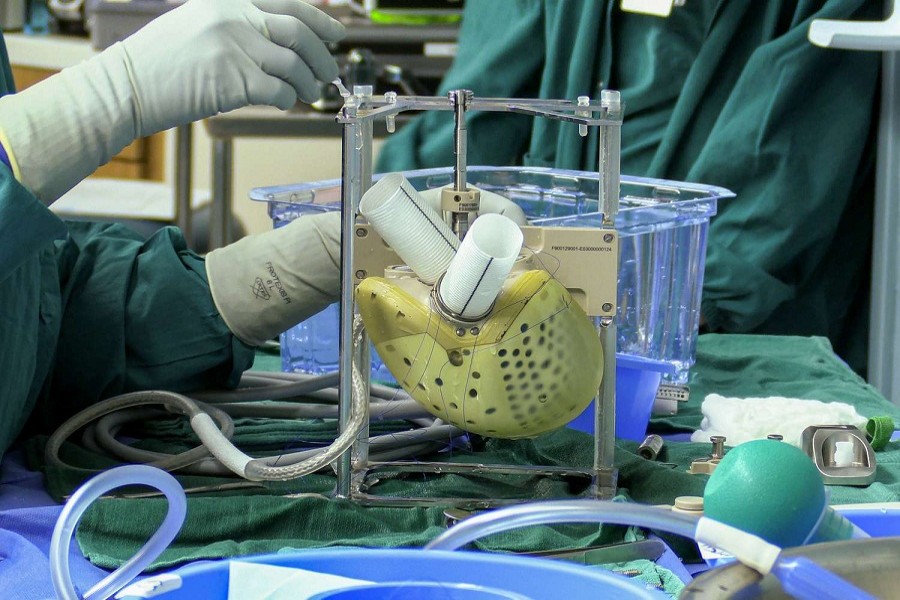
Why the success of making an artificial heart remains elusive?
Shuvro Saif | Monday, 20 February 2023

The technological achievements of humankind since John F. Kennedy's challenge to land a man on the moon and safely return him to Earth in 1962 have been remarkable.
However, building an artificial heart has proven to be a more difficult feat than many of those advancements. The history of the total artificial heart has been marked by innovative breakthroughs but also continuous clinical setbacks.
In 1964, cardiovascular surgeon Michael DeBakey convinced then-US President Lyndon B. Johnson to fund a program to create the first functional self-contained artificial heart. This launched a competition to develop one before the successful moon landing.
In 1969, both goals seemed to have been achieved when the Texas Heart Institute implanted the first total artificial heart just three months before the launch of Apollo 11.
However, while the moon landings have led to the development of the Space Shuttle, Mars Rover, and International Space Station over time, a reliable and total artificial heart remains elusive.
Initially, the goal of the artificial heart was to be a permanent replacement for the failing organ, which proved to be a lofty objective.
The first design had an external compressor with an airline running through the skin into the patient's body. Compressed air inflated and deflated Dacron pouches, which expanded and collapsed to displace blood from a surrounding sac.
While having the compressor outside the body was useful, having such a bulky piece of equipment wheeled around with the patient would be cumbersome.
The purpose of the first artificial hearts changed with the emergence of heart transplants. The primary goal was no longer to replace the failing organ for a lifetime but to keep the patient alive until a donor's heart could be found.
As with many experimental therapies, the first case was done on a patient with no alternative left.
The total artificial heart seemed like a triumph at first, but the patient tragically died 32 hours later from sepsis. The device also caused damage to both the blood and kidneys, and the walls of the expandable sacs were coated with blood clots.
This was the beginning of a series of issues that would continue to hinder scientists and engineers grappling with this procedure.
Rather than replacing the heart, surgeons developed mechanical devices to help it pump blood around the body.
However, the problem with heart transplants was not the operation's mechanics or the new heart's initial performance. It was the mismatch between the recipient's immune system and that of the donor's heart.
Even though the donor's heart is matched as closely as possible to the patient, the immune system must be suppressed to prevent rejection of the new heart.
Scientists have been genetically modifying pigs to make their hearts compatible with the human immune system, allowing them to be transplanted to patients without rejection.
However, this has proven to be a significant challenge, but it may provide a potential solution to the shortage of donor's hearts.
Another breakthrough idea was to replace the heart's pulsing action with a constant flow of blood using rotating paddles called impellers that push the blood in a smooth, unbroken stream. However, this can lead to unwanted side effects as the body adapts to the new flow.
Although external battery packs are yet to be convenient, systems that transfer energy across the skin are being developed, allowing LVAD units to have a small, implanted battery in case of a temporary device failure.
Developers are still searching for a completely implantable artificial heart that can meet the specifications of pumping eight litres of blood per minute against a blood pressure of 110mmHg.
The VAD technology might offer a solution by dispensing with compressors altogether and using dual right and left VAD. However, creating external transcutaneous units to fully power the heart's demands is still the biggest challenge.
Although solutions seem close, frequent failures over the year have created frustration in the scientific community. Will these decades-old experiments see success? We might get the answer soon.